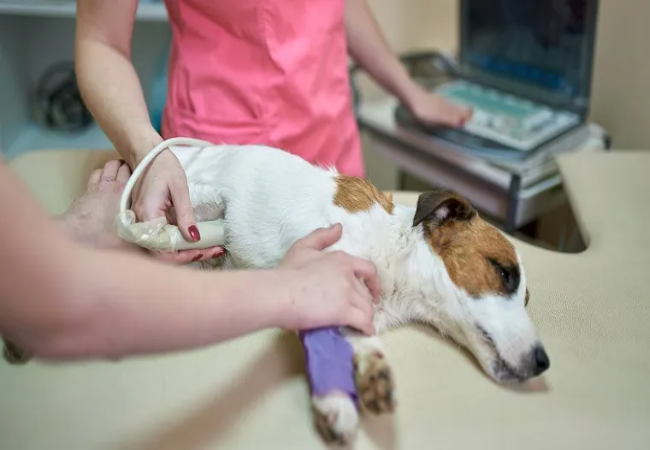Polypoid Cystitis in Dogs: Vet-Approved Causes, Symptoms & Treatments (2025 Guide) 🐶💊

In this article
Polypoid Cystitis in Dogs: Vet-Approved Causes, Symptoms & Treatments (2025 Guide) 🐶💊
By Dr. Duncan Houston BVSc
As a veterinarian, I occasionally encounter cases of polypoid cystitis in dogs, a rare condition that can significantly impact a dog's urinary health. Understanding this condition is crucial for early detection and effective treatment. This comprehensive guide aims to educate pet owners on the causes, symptoms, and treatment options for polypoid cystitis in dogs.
🧬 What Is Polypoid Cystitis?
Polypoid cystitis is a condition marked by chronic inflammation of the urinary bladder, leading to the development of polyp-like growths on the bladder's lining. These protrusions can cause discomfort and urinary issues but are typically benign. However, they can mimic more serious conditions like bladder cancer, making accurate diagnosis essential.
🐞 Causes and Risk Factors
Several factors may contribute to the development of polypoid cystitis in dogs:
- 🦠 Chronic Urinary Tract Infections (UTIs): Persistent infections can lead to ongoing inflammation.
- 🪨 Bladder Stones: These can irritate the bladder lining, promoting polyp formation.
- 🧬 Genetic Predisposition: Some breeds may be more susceptible due to hereditary factors.
- 🧓 Age: Older dogs are more commonly affected.
⚠️ Symptoms of Polypoid Cystitis
Symptoms can resemble those of other urinary tract issues and may include:
- 💦 Frequent Urination: Increased need to urinate, often producing small amounts.
- 🩸 Hematuria: Presence of blood in the urine.
- 😣 Straining: Difficulty or pain during urination.
- 🚫 Incontinence: Loss of bladder control.
- 🛌 Lethargy: Decreased energy levels.
If your dog exhibits any of these symptoms, consult your veterinarian promptly.
🩺 Diagnosing Polypoid Cystitis
Diagnosis involves a combination of clinical evaluation and diagnostic tests:
- 🔬 Urinalysis: To detect blood, infection, or abnormal cells in the urine.
- 🧪 Urine Culture: To identify any bacterial infections.
- 🖼️ Imaging: Ultrasound or radiographs to visualize the bladder and detect masses.
- 🔍 Cystoscopy: Inserting a small camera into the bladder to directly observe polyps.
- 🧬 Biopsy: Obtaining a tissue sample for histopathological examination to confirm diagnosis.
These tests help differentiate polypoid cystitis from other conditions like transitional cell carcinoma.
💊 Treatment Options
Treatment strategies depend on the severity and underlying causes:
- 💉 Antibiotics: To treat any concurrent bacterial infections.
- 💊 Anti-inflammatory Medications: To reduce bladder inflammation.
- 🔪 Surgical Removal: In cases where polyps are large or causing significant issues, surgical excision may be necessary.
- 🔆 Laser Therapy: Minimally invasive option for removing smaller polyps.
Post-treatment, regular monitoring is essential to detect any recurrence or complications.
🛡️ Preventing Polypoid Cystitis
While not all cases are preventable, certain measures may reduce the risk:
- 💧 Hydration: Ensure your dog has constant access to fresh water.
- 🏥 Regular Check-ups: Routine veterinary visits for early detection of potential issues.
- 🥗 Balanced Diet: Provide a diet appropriate for your dog's age, breed, and health status.
- 🧼 Hygiene: Maintain cleanliness to prevent infections.
📱 Support and Resources
If you suspect your dog has polypoid cystitis, consult your veterinarian promptly. For additional support:
- Ask A Vet: Access professional veterinary advice through the Ask A Vet platform.
- Download the Ask A Vet App: For quick access to veterinary support, download the Ask A Vet app.
Early diagnosis and appropriate treatment can significantly improve your dog's quality of life.
🐾 For more expert advice and pet care tips, visit AskAVet.com.






